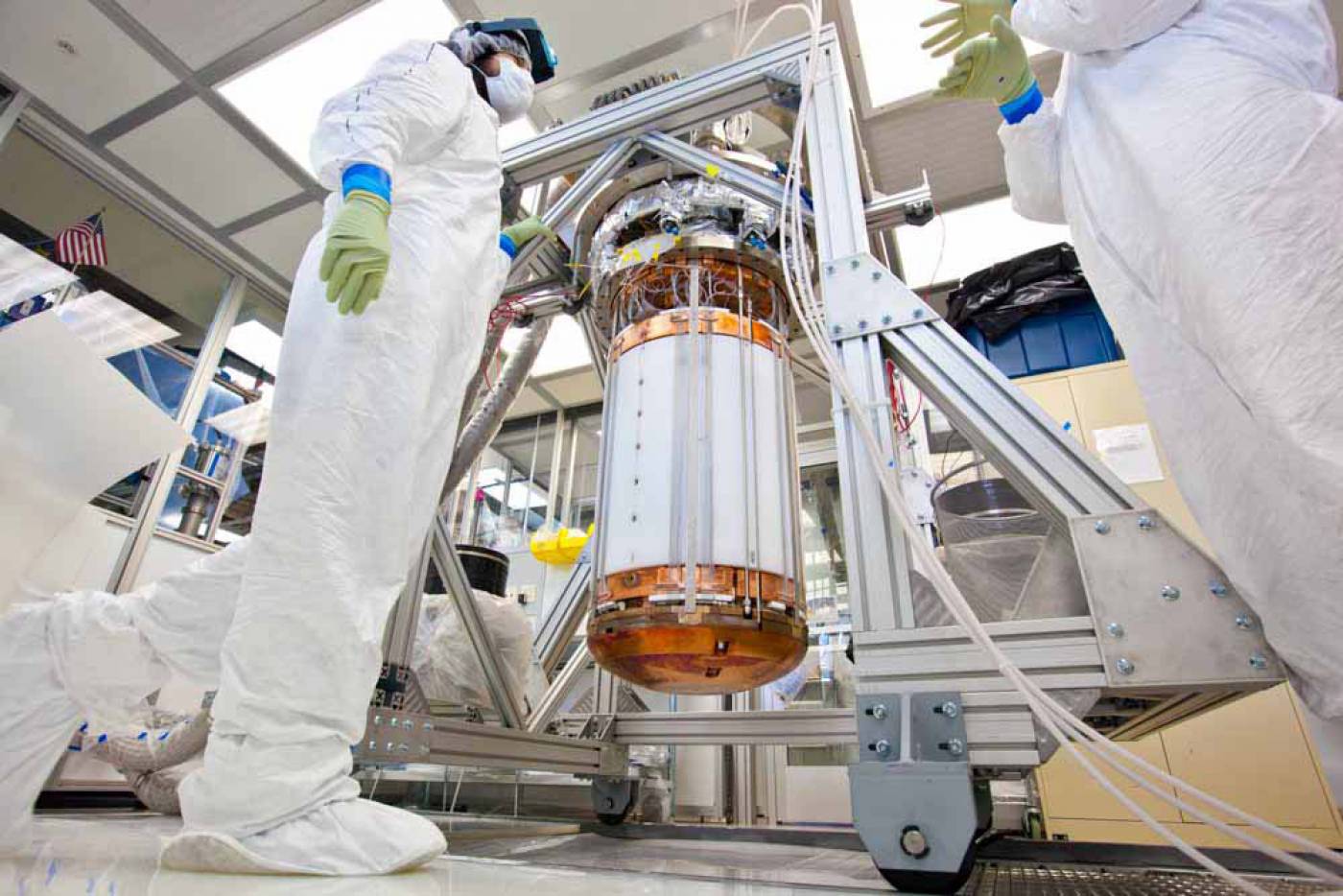Student: Omar Jahangir
First Supervisors: Chamkaur Ghag (HEP), Tim Scanlon (HEP)
Second supervisor: Ingo Waldmann (Astro)
Entry year: 2017

Project description: Direct Dark Matter search experiments operate highly sensitive detectors in deep underground laboratories, seeking to detect rare and low-energy scatters from Dark Matter particles in our galaxy. The world-leading LUX experiment, based at the Sanford Underground Research Facility, South Dakota, operates a xenon target that is the most radio-quiet environment on Earth in the hunt for Weakly Interacting Massive Particles (WIMPs). WIMPs are expected to produce characteristic single vertex elastic scattering signatures. The rate of candidate events that satisfy this requirement is low, about 2 per day, and this is consistent with background expectation. However, there are many WIMP and non-WIMP models of Dark Matter that may produce significantly different signatures. LUX triggers about 1 million times per day to record data from completely uncharted electroweak parameter space, potentially containing new physics and non-standard WIMP or non-WIMP Dark Matter signals. The techniques of Machine Learning and Deep Learning will be used to analyse this data efficiently, particularly where faint signals with unknown characteristics may be hidden amongst large backgrounds. Developing these techniques will be key for discovery in the next generation of leading Dark Matter experiment, LZ, presently under construction and set to begin taking data within the lifetime of this project. LZ will examine the bulk of the favoured theoretical parameter space for Dark Matter, uncovering unknown backgrounds never previously encountered, as well as potential signals. This project will develop the routines to analyse the existing rich LUX data for any galactic signals or new backgrounds, and prepare the framework for a robust and rapid interpretation of the data from LZ, be it for the first discovery of WIMPs or any hints of physics Beyond the Standard Model.
Funding: STFC Data Intensive CDT
 Close
Close

